#fungus beetle
Note
Wait, which animals raise livestock?
Several species of ants will 'herd' aphids around (a type of plant lice)- even picking them up and putting them back with the group if they wander off. The ants will attack anything that approaches their aphid herds, defending them. The aphids produce a sugary excretion called honeydew, which the ants harvest and eat.
Some ants will even 'milk' the aphids, stroking the aphids with their antennae, to stimulate them to release honeydew. Some aphids have become 'domesticated' by the ants, and depend entirely on their caretaker ants to milk them.
When the host plant is depleted of resources and dies, the ants will pick up their herd of aphids and carry them to a new plant to feed on - a new 'pasture' if you will.
Some ants continue to care for aphids overwinter, when otherwise they'd die. The ants carry aphid eggs into their own nests, and will even go out of their way to destroy the eggs of aphid-predators, like ladybugs.
--
Microhylids – or narrow-mouthed frogs - have an interesting symbiosis with Tarantulas.
While the spiders could very easily kill and eat the much-tinier frogs, and DO normally prey on small frogs, young spiders instead will use their mouthparts to pick up the microhylid frogs, bring them back to their burrow, and release them unharmed.
The frog benefits from hanging out in/around the burrow of the tarantula, because the tarantula can scare away or eat predators that normally prey on tiny frogs, like snakes, geckos, and mantids. The tarantula gets a babysitter.
Microhylid frogs specialize in eating ants, and ants are one of the major predators of spider eggs. By eating ants, the frogs protect the spider's eggs. The frogs can also lay their eggs in the burrow, and won't be eaten by the spider.
So it's less 'livestock' and more like a housepet - a dog or a cat. You stop coyotes/eagles from hurting your little dog/cat, and in return the dog/cat keeps rats away from your baby.
--
Damselfish grow algae on rocks and corals. They defend these gardens ferociously, and will attack anything that comes too close - even humans. They spend much of their time weeding the gardens, removing unwanted algaes that might overtake their crop.
The species of algae that they cultivate is weak and and sensitive to growing conditions, and can easily be overgrazed by other herbivores. That particular algae tends to grow poorly in areas where damselfish aren't around to protect and farm it.
Damselfish will ALSO actively protect Mysidium integrum (little shrimp-like crustacians) in their reef farms, despite eating other similarly sized invertebrates. The mysids are filter feeders, who feed on zooplankton and free-floating algae, and their waste fertilizes the algae farms. Many types of zooplankton can feed on the algae crop, and the mysids prevent that.
While Mysids can be found around the world, the only place you'll find swarms of Musidium integrum is on the algae farms that Damselfish cultivate.
Damselfish treat the little mysids like some homesteaders treat ducks. Ducks eat snails and other insect pests on our crops, and their poop fertilizes the land. The ducks can be eaten, but aren't often, since they're more useful for their services than their meat.
--
There are SEVERAL species of insect and animal which actively farm. They perform fungiculture and horticulture: deliberately growing and harvesting fungus and plants at a large-scale to feed their population.
Leaf-cutter ants and Termites both chew up plant material and then seed it with a specific type of fungus. The fungus grows, and the termites/ants harvest the mushroom as a food source.
Ambrosia beetles burrow into decaying trees, hollow out little farming rooms, and introduce a specific fungii (the ambrosia fungi), which both adults and larval beetles feed on.
Marsh Periwinkles (a type of snail) cultivates fungus on cordgrass. They wound the plant with their scraping tongue, then defecate into the wound so their preferred fungus will infect it and grow there. They let the fungus grow in the wound a bit, and come back later to eat.
3K notes
·
View notes
Photo




Spiny handsome fungus beetle, Cacodaemon sp., Endomychidae
Photographed in Malaysia by Nicky Bay // Website // Facebook
Photos shared with permission; do not remove credit or re-post!
#animals#curators on tumblr#insects#bugs#beetle#handsome fungus beetle#spiny handsome fungus beetle#one nice bug
4K notes
·
View notes
Text

Submitting the forked fungus beetle, Bolitotherus cornutus! Profoundly uncharismatic. Even I, who spent six years studying them for a PhD, sometimes struggle to tell them from pieces of bark. Once you have one, it can even be hard to tell when they are alive or dead, since their defensive reaction to mammalian breath is to roll over and stay perfectly still.
But they have surprisingly complex social lives. We’ve mapped their social networks and found that individuals have personalities, meaning that they are consistent in whether they tend to interact with lots of others or stay by themselves: https://www.ncbi.nlm.nih.gov/pmc/articles/PMC8923822/
They can also tell a lot about each other from chemical cues. Females can tell whether a scent was left by a male who just won or lost a fight! https://www.ncbi.nlm.nih.gov/pmc/articles/PMC8093714/
-Jack's note: Wow, that is so cool! What an interesting little critter!
#submission#forked fungus beetle#Coleoptera#Tenebrionidae#darkling beetles#beetles#insects#arthropods
225 notes
·
View notes
Text
SHELFIE 😍
Been watching this magnificent shroom grow from just a little guy for the past month or two. Now he's a dinner plate (for 2 forked fungus beetles). 🌿
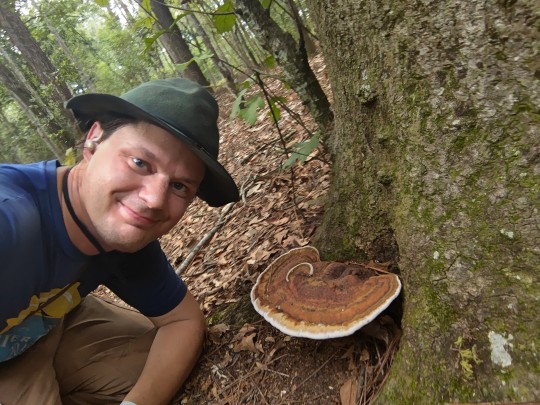

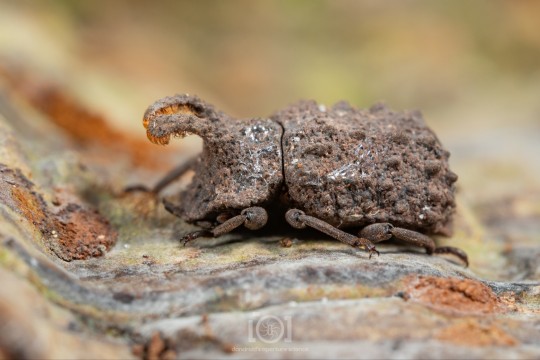
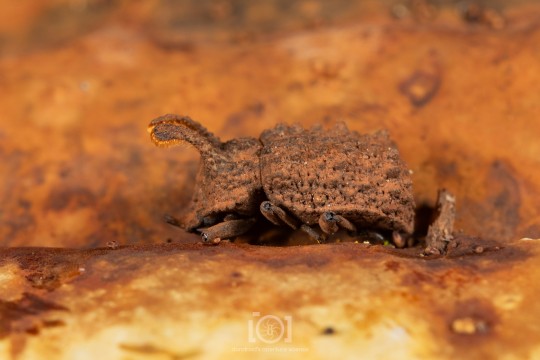

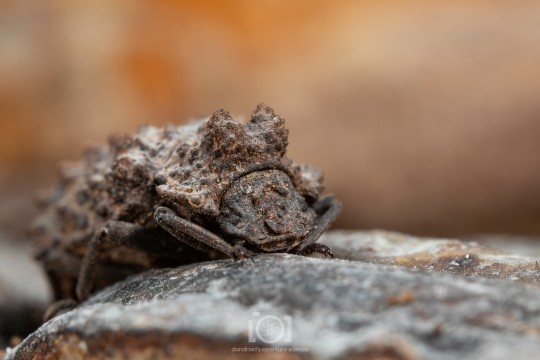
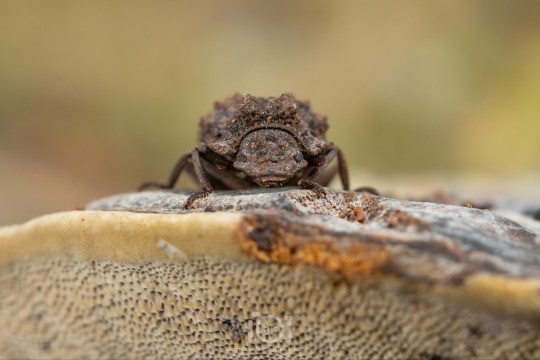
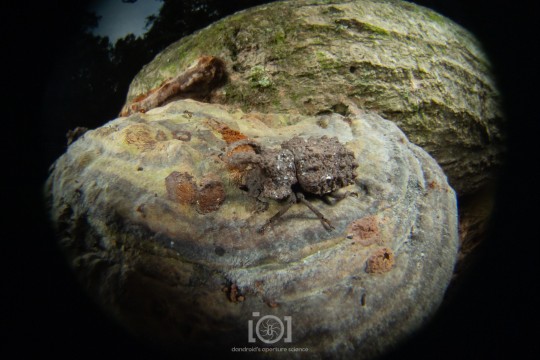
215 notes
·
View notes
Text

Fungus Weevil (Euparius tapirus), family Anthribidae, found in Central America
photograph by soulmademacro
131 notes
·
View notes
Text


Handsome Fungus Beetle
Unidentified, genus Stenotarsus
24/03/23 - NSW, Dapto
#invertebrates#invertblr#Arthropods#Arthropoda#bugs tw#insects#insect#insecta#insectblr#insects tw#bugs#bugblr#bug#entomology#Stenotarsus#unidentified#Endomychidae#Handsome Fungus Beetles#Coleoptera#beetles
65 notes
·
View notes
Text








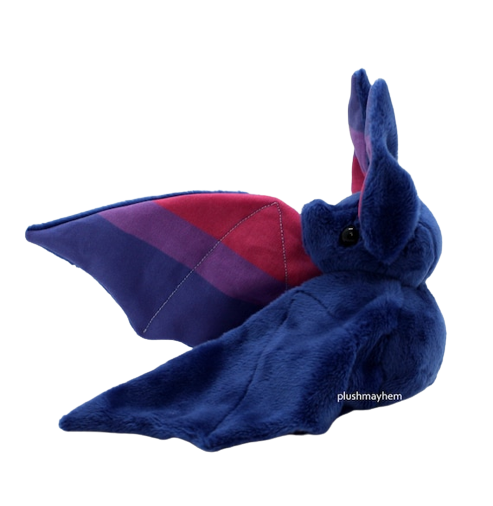

#plushie#cute#agere#age dreaming#age regression#agedre#system little#little#stuffie#stuffed animal#bisexual#pride#mushroom#fungus#blue#pink#purple#bird#beetle#bug#stag beetle#snake#dragon#owl#dog#puppy#bat
142 notes
·
View notes
Text
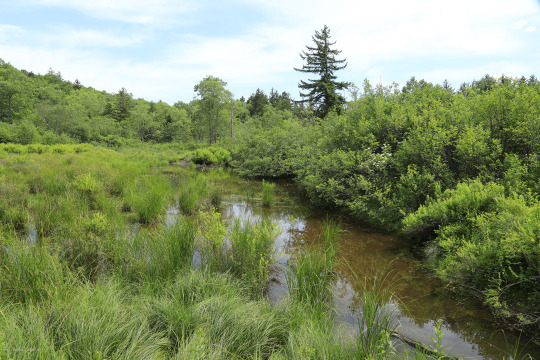

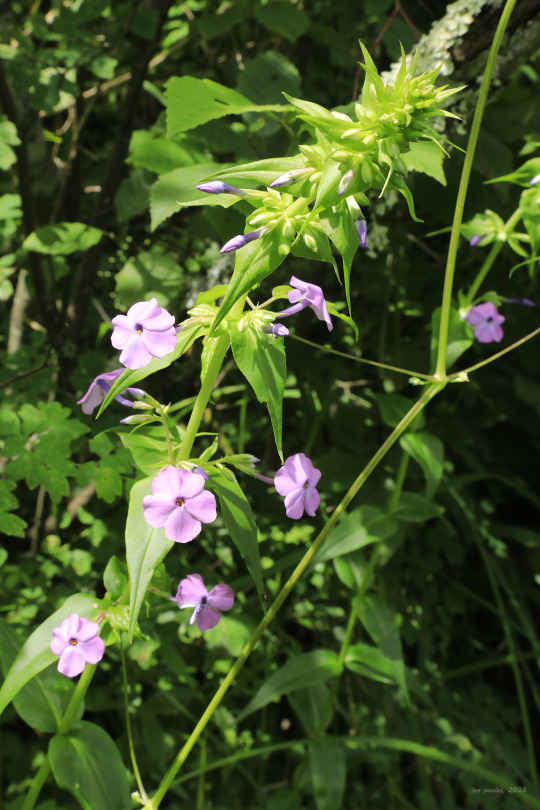

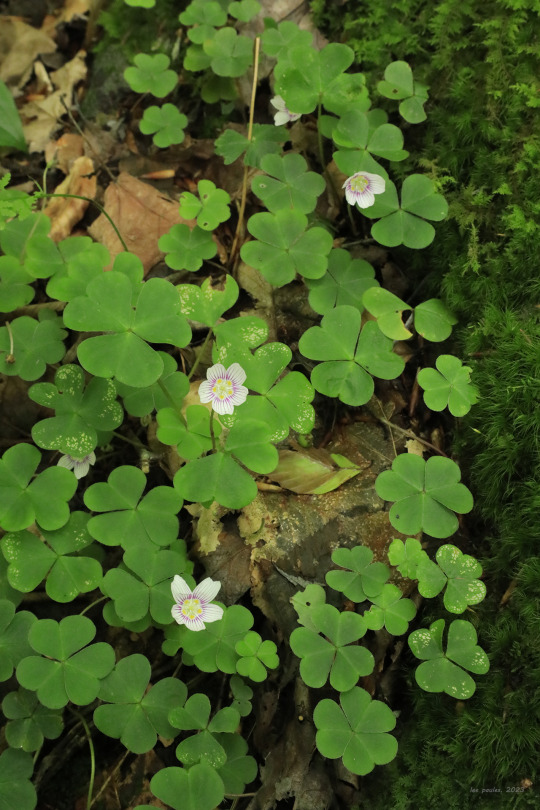

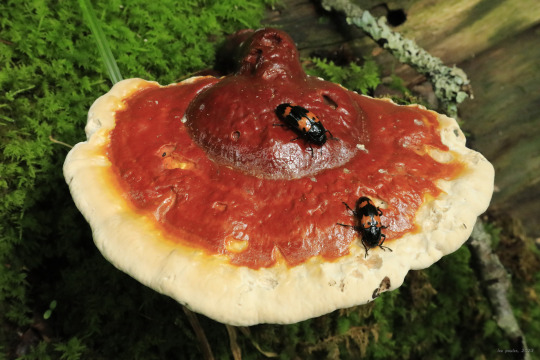


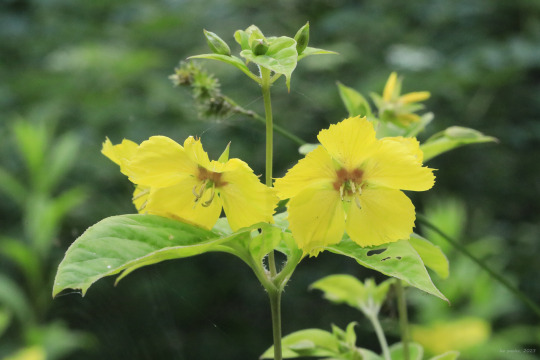
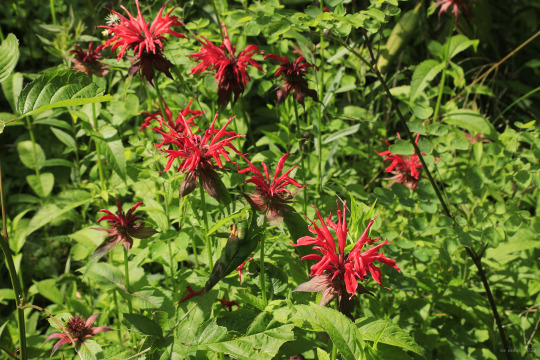
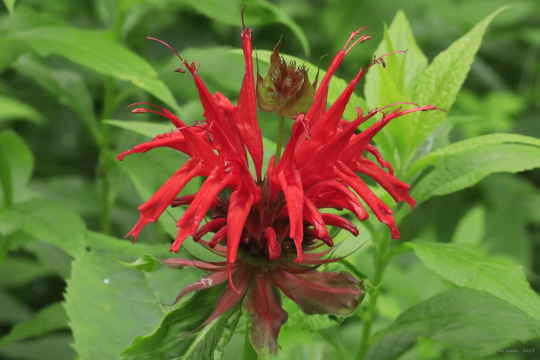
Part 2: Early Summer Wildflower Palooza, Cranberry Glades. During the first week of July, as the orchids are peaking in the bogs and seeps, the first wave of summer wildflowers, including the milkweeds and beebalms, arrives in earnest, bringing a blaze of color to open meadows and bog and forest margins. In the old growth woods of the adjacent Cranberry Wilderness, an array of strange and beautiful fungi sprout from moss-covered logs and the forest floor.
From top: tall meadow rue (Thalictrum pubescens), also known as king of the meadow, a wetlands-loving perennial whose distinctive, cream-colored flowers are composed of thread-like stamens only; meadow phlox (Phlox maculata), also known as wild sweet William and spotted phlox, easily distinguished from other phlox species by its red-spotted stems; mountain wood sorrel (Oxalis montana); a ramp (Allium tricoccum) flower, which emerges in early summer on a leafless stalk, after the foliage has died back; a shiny hemlock varnish shelf (Ganoderma tsugae) assailed by pleasing fungus beetles (Megalodacne), rarely seen because they hide under leaf litter during the day and feed on Ganoderma fungi at night; a lovely colony of crown-tipped corals (Artomyces pyxidatus); the beguiling fringed loosestrife (Lysimachia ciliata), an aggressively-colonizing perennial that makes for a shady ground cover in native wildflower gardens; and that blazingly-beautiful mint, scarlet beebalm (Monarda didyma), whose storied history as a medicinal herb stems from its antiseptic and stimulant properties.
#appalachia#vandalia#west virginia#wildflowers#allegheny mountains#flora#early summer#cranberry glades#monongahela national forest#fungi#insects#beetle#pleasing fungus beetle#tall meadow rue#king of the meadow#meadow phlox#wild sweet william#spotted phlox#mountain wood sorrel#ramp#wild leek#hemlock varnish shelf#crown-tipped coral#fringed loosestrife#scarlet beebalm#oswego tea
87 notes
·
View notes
Video
Pleasing Fungus Beetle, Erotylina maculiventris, Erotylidae by Andreas Kay
Via Flickr:
from Ecuador: www.flickr.com/andreaskay/albums
#Andreas Kay#beetle#Coleoptera#Ecuador#Erotylidae#Erotylina maculiventris#Pleasing Fungus Beetle#Ursula#flickr#nature
58 notes
·
View notes
Text


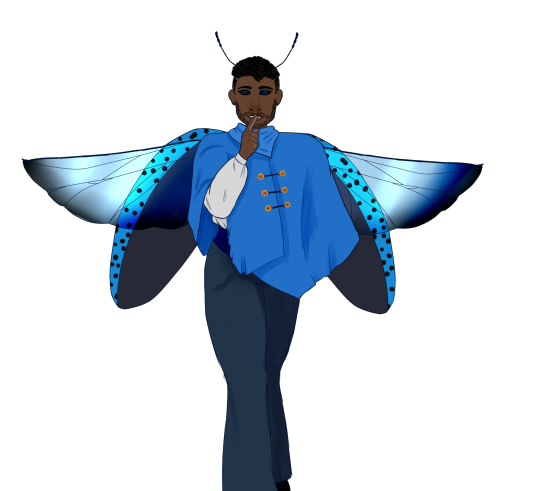
Watcher Designs!! Watcher Designs!!! GET YOUR WATCHER DESIGNS HERE
#pearlescentmoon#grian#bigb#traffic smp#evo smp kinda#Listen These Three Are The Most Watcher Coded in the Traffic Series#I might make listener designs but I Don't Know.#I think they look so cool#Pearls i somewhat based on lunar moths but not really#Grian is based off a cardinal#and BigB is a pleasing fungus beetle:) because honestly Beetles Are So Fucking Cool
35 notes
·
View notes
Photo
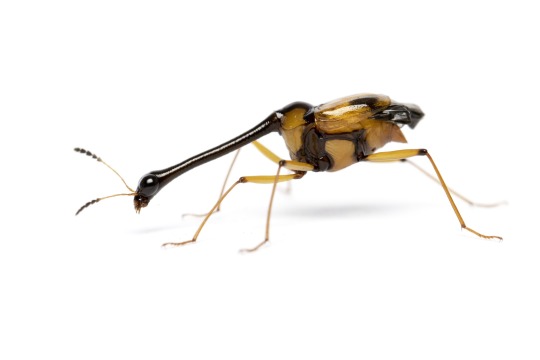
Long-necked shining fungus beetle, Diatelium wallacei, Staphylinidae (Rove Beetles)
Photographed in Borneo by isabetabug
#animals#curators on tumblr#insects#bugs#beetle#rove beetle#long necked shining fungus beetle#one nice bug#i am very busy today so here is just one photo of one guy :)
2K notes
·
View notes
Text

A pair of mushrooms and beetles
#beetle#bug#mushroom#fungi#fungus#mushrooms#artists on tumblr#nature#original photographers#original photography#photography#photographers on tumblr#Washington#pacific northwest#forest#cottagecore#explore#p#fave
165 notes
·
View notes
Text
i need to stop making funny bug posts every time i do it my notifs explode
#of course i'm not actually going to stop making funny bug posts but also good lort ... mine notifs..#first it was the scorpionfly borzoi. then webspinner wednesday. then the ''what is and is not a scorpion'' post.#now funny bug names. neverending cycle#someone blorbo-posted on the funny bug name post btw i'm not sure how we got to that point but I'm so happy for you.#think of that fictional man of yours to a picture of a pleasing fungus beetle. fuck yeas. you're almost understanding me#<- sees pictures of moths and has to physically stop myself from giggling out loud#clamtalk
13 notes
·
View notes
Text

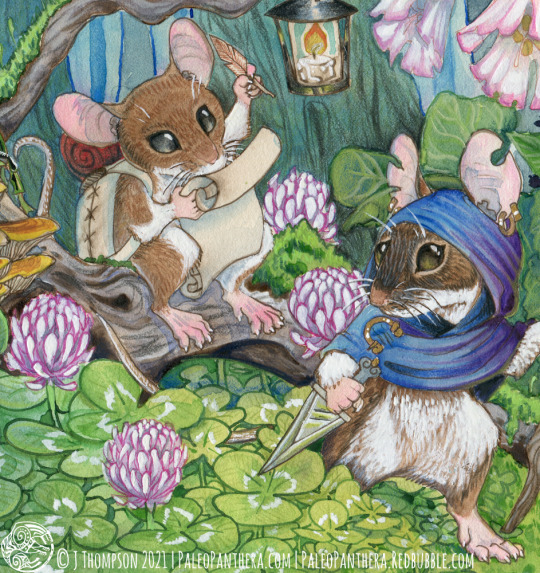
Little mice on a forest adventure. Who doesn't dream of fantasy rodents in a scaled up world? It's almost impossible to see in the scan but all the watercolors used were metallic and it has this beautiful gem-like quality in the sun.
#mice#mouse#redwall#adventure#fantasy#illustration#clover#clover blossoms#beetle#fungi#shelf fungus#fungus#oconee bells#forest#trees#white clover#watercolor#ink#colored pencil#gouache#mixed media#paint#painting#art#paleopanthera#paleo panthera#palaeo#palaeosinensis
207 notes
·
View notes
Text

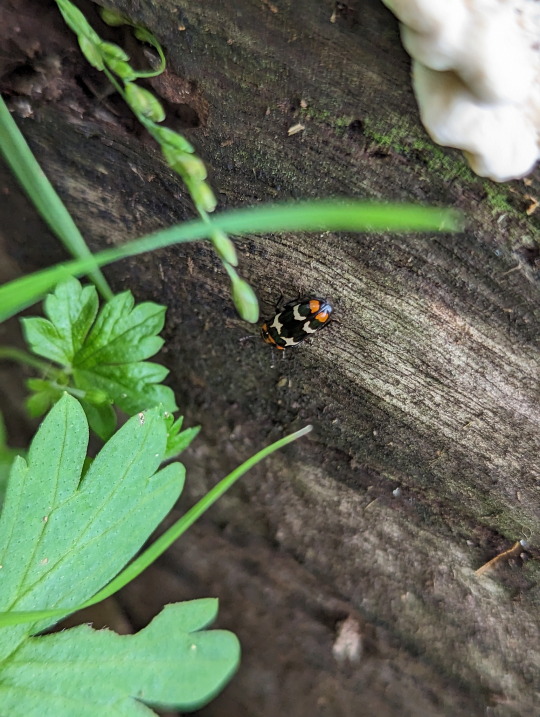
Pleasing fungus beetle.
25/03/23 - Episcaphula pictipennis
NSW:SB - Wollongong, botanical gardens
#invertblr#invertebrates#Arthropods#Arthropoda#insects#insecta#insectblr#insects tw#bugs#bugblr#bugs tw#bug#insect#entomology#Episcaphula pictipennis#Erotylidae#Pleasing Fungus Beetles#Coleoptera#beetles
50 notes
·
View notes
Text
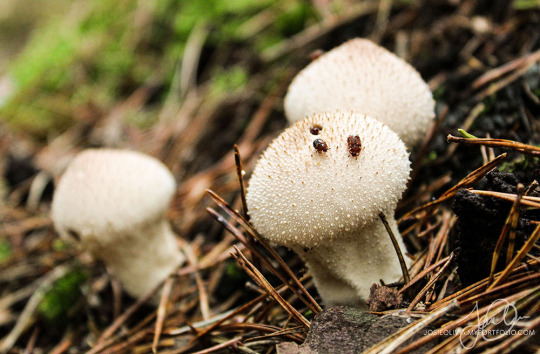
Common puffball / Flaschen-Staubling fungi
Rhineland-Palatinate, Germany
#look at the lil beetles they r friends. bffs#jojoliverphotography#bugs cw#Trypophobia cw#mushrooms#fungi#fairy#fae#mycology#foraging#fungus#cottagecore#nature#forest#woods#nature photography#photographers on tumblr#autumn#autumnal
75 notes
·
View notes
